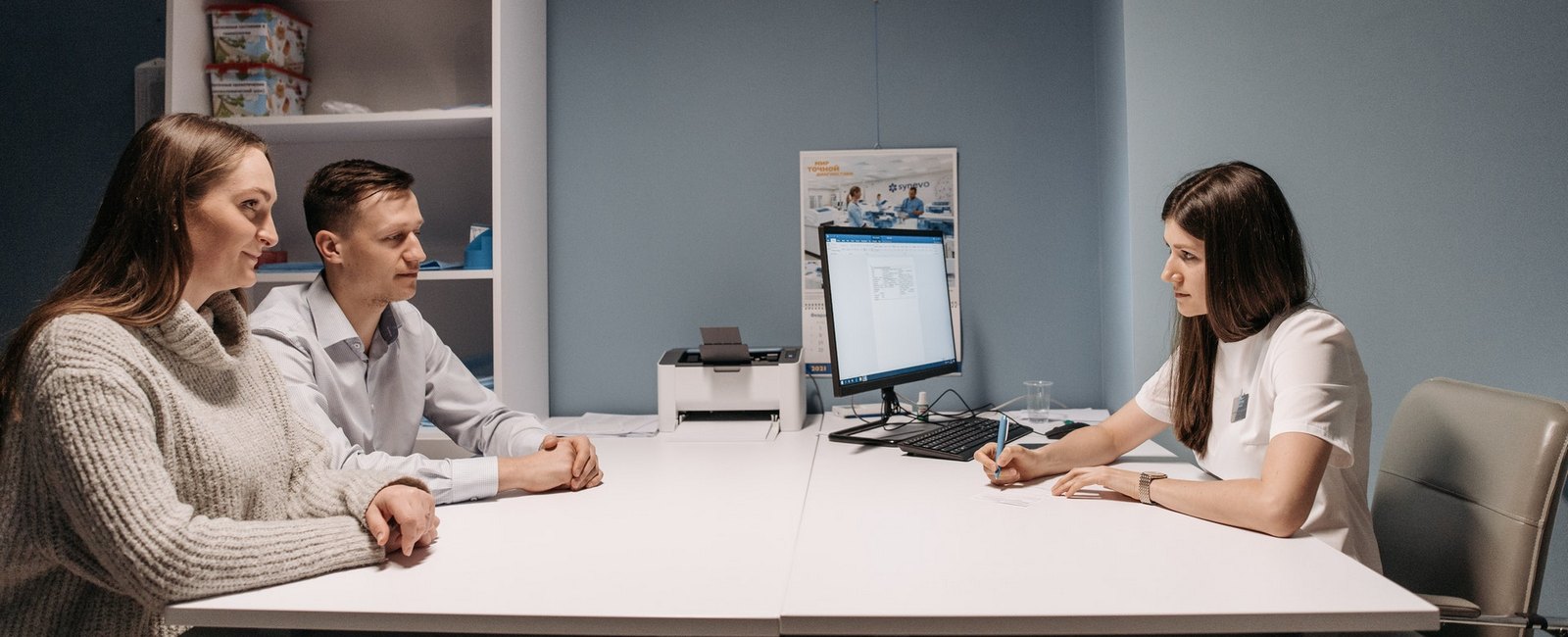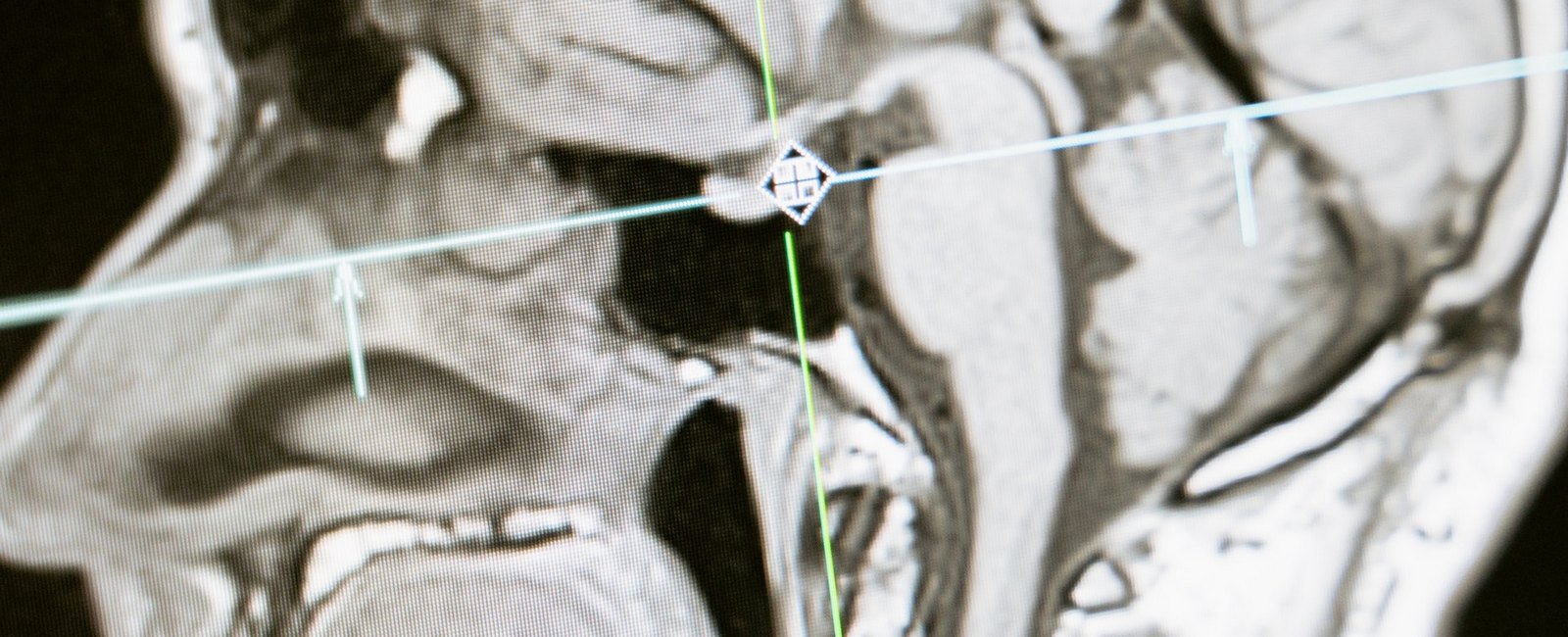Chimeric antigen receptor T-cell (CAR-T) therapy is a treatment in which lymphocytes (T cells) are altered in the lab to recognize and destroy cancer cells.
How does CAR-T cell therapy work?
According to the FDA, in CAR-T cell therapy, the doctor isolates T lymphocytes from the patient’s blood and injects them with the genetic code of a harmless virus. These cells are multiplied in a laboratory and then returned to the bloodstream to destroy the tumor.
Who is eligible for CAR-T treatment?
According to the American Cancer Society, CAR-T treatment is approved for certain types of lymphoma, leukemia.
Clinical trials of CAR-T therapy for lymphoma have shown the following results: in 51% of patients the tumor disappeared completely and they achieved remission (a condition in which the disease does not develop, symptoms disappear).
How does CAR-T gene therapy work?
The American Cancer Society’s experts distinguish the following steps in CAR-T therapy
T-cell harvesting.
This procedure is called leukapheresis. During it, leukocytes are taken from the patient’s blood, and the blood itself is immediately returned to the bloodstream. To do this, doctors use a special catheter with several holes to draw blood. The procedure takes 2-3 hours.
Creation of CAR-T cells
The obtained white blood cells are sent to a laboratory, where a chimeric antigen receptor is added to them. This is how CAR-T cells are made. Over the next few weeks the cells are artificially multiplied to obtain enough for the treatment.
CAR-T cells injection
A few days before the CAR-T cells are injected, the patient may receive chemotherapy. This weakens the immune system so that it will not attack the new CAR-T cells. Next, new modified white blood cells are delivered into the bloodstream using a drip.



